
Pentax 35-80mm f/4-5.6: A Lens from the Film Era
What you’ll get: A look back at the origins of this modest but resilient zoom lens.
Released in the late 80s, the Pentax 35-80mm f/4-5.6 was a common kit lens bundled with Pentax 35mm SLRs. It marked a shift into autofocus-ready systems while remaining light and approachable.

My first kit zoom wasn’t clinically sharp, but its quirks made me pay attention to light, shadow, and composition in new ways.
Technical Characteristics and Real-World Use
What you’ll get: Key specifications and how they translate into practical shooting today.
Core specs
This variable aperture zoom runs from f/4 at 35mm to f/5.6 at 80mm. It uses Pentax’s screw-drive autofocus mechanics, which are noisy but reliable. On digital bodies, expect to focus manually.
Strengths & weaknesses
The real strengths lie in portability and affordability. The compromises? Soft edges and slower aperture limits in dim settings.
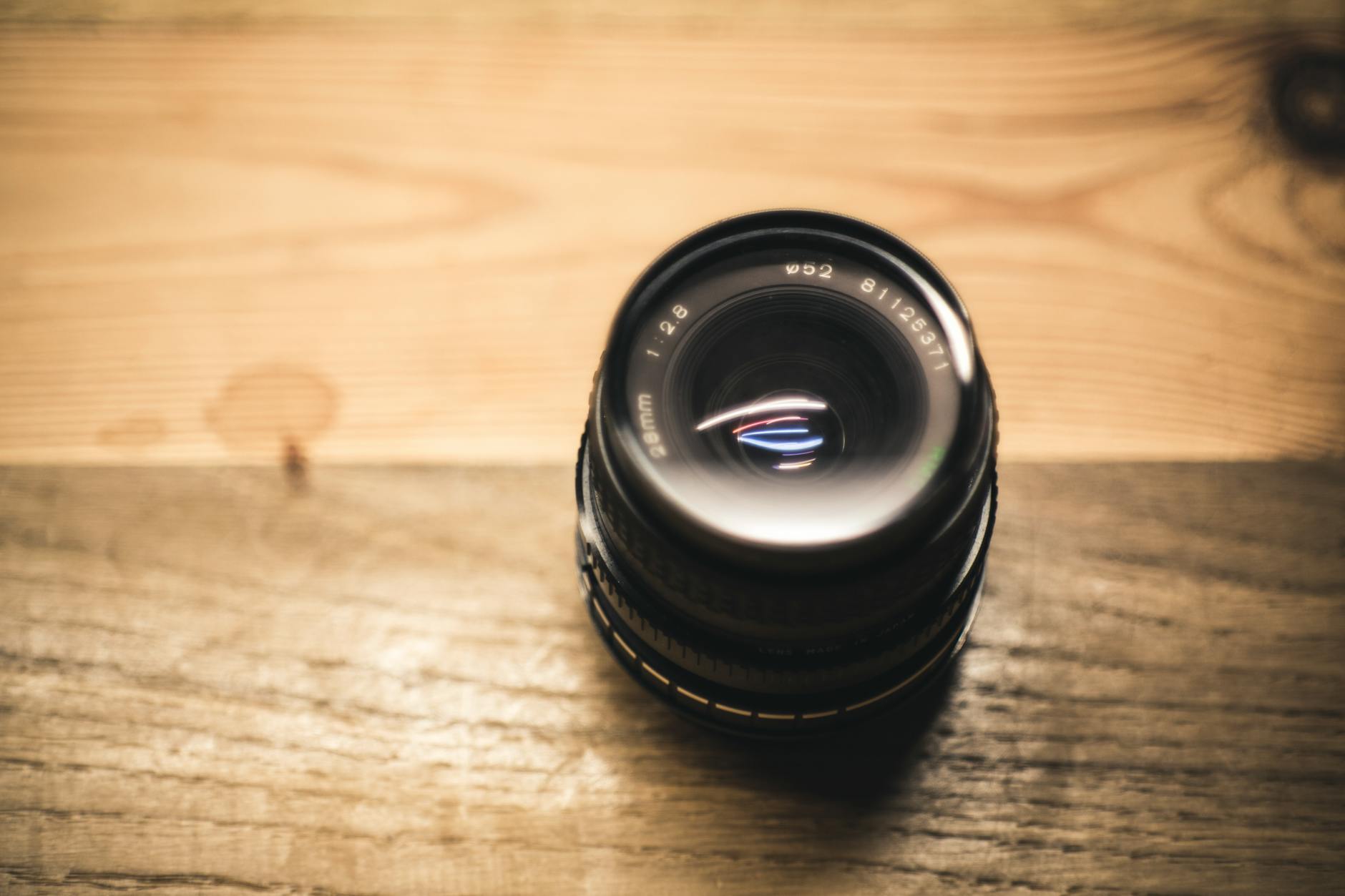
A shot in backlight once produced rainbow flares that technically were errors—but they gave my portraits a dreamy film-like feel.
Why This Lens Still Matters in 2025
What you’ll get: Why this vintage zoom still has a place in a modern creative toolkit.
On film bodies, the Pentax 35-80mm feels natural, offering a versatile focal spread. Mirrorless shooters can adapt it effortlessly using K mount adapters for Sony E, Fujifilm X, Canon RF, or Micro Four Thirds. This makes it an affordable gateway into the world of vintage glass for beginners and hybrid photographers alike.
I once shot a documentary mixing 35mm negatives with mirrorless video—this exact workflow made both formats blend beautifully.
Creative Workflows with the Pentax 35-80mm
What you’ll get: Practical examples of how to integrate this lens into creative play.
On digital bodies
Adapted to mirrorless cameras, the lens produces soft, painterly video perfect for atmospheric projects. Photographers can enjoy unique flares and vintage rendering.

On film cameras
Mount it directly to a Pentax SLR for street shooting or travel. Imperfect but evocative rendering gives images a cinematic vibe.
- ✅ Test adapted focusing with focus peaking on digital bodies
- ✅ Use a hood to reduce or creatively embrace flare
- ✅ Try macro filters for close-up shots
- ✅ Mix different film stocks for varied aesthetics
I once found this lens in a thrift shop for a handful of coins—within the hour, I was testing sun flare tricks and double exposures on my Pentax body.
Second-Hand Buying Guide
What you’ll get: How to make a confident, careful second-hand purchase.
Key inspection areas
- ✅ Inspect lens glass against light for haze or fungus
- ✅ Operate the zoom to detect creep or stiffness
- ✅ Fire the aperture lever to check fast blade response
- ✅ Verify mount contacts and filter threads are intact
I once uncovered a forgotten lens at a flea market. A quick aperture check saved me from buying one with oily blades that would have ruined shots.
Conclusion: Playful Creativity on a Shoestring Budget
What you’ll get: Final thoughts on why this lens thrives in creative exploration.
The Pentax 35-80mm is not a lens for clinical sharpness—but for affordability, play, and nostalgia, it is unmatched. It invites experimentation and discovery, especially for beginners dipping into second-hand lenses without pressure.
I once gifted a similar lens to a beginner photographer—within days, she had discovered the joy of sun flares and film-like rendering.
Quick decision
- Perfect for beginners testing vintage lenses.
- Best when adapted to mirrorless or used natively on Pentax film SLRs.
- Expect character-rich, not perfect, results.
- Low second-hand cost makes it easy to try.
Pros
- Affordable and widely available second-hand.
- Lightweight and compact for travel.
- Unique soft rendering and flares.
- Adaptable to multiple systems via simple adapters.
Cons
- Not sharp across the frame.
- Slow aperture for low light work.
- Autofocus noisy and only usable on vintage Pentax AF film bodies.
FAQs
Is the Pentax 35-80mm f/4-5.6 good for beginners? Yes. It is very affordable, lightweight, and easy to adapt to digital systems—making it a forgiving starting point for vintage lens exploration.
Can I use the Pentax 35-80mm on modern digital cameras? Yes, with a K-mount adapter for Sony E, Fuji X, Canon RF, or Micro Four Thirds cameras. It will function as manual focus only.
What should I check when buying this lens second-hand? Inspect for haze, fungus, aperture responsiveness, zoom stiffness, and condition of the mount and filter threads.
How does this lens compare to modern alternatives? It lacks stabilization and sharpness of modern lenses but offers distinctive vintage rendering—softness, flares, and warmer colors at a very low cost.
Start experimenting with vintage glass today
If the Pentax 35-80mm has piqued your interest, explore more camera lenses at Dutch Thrift and find your next creative tool.
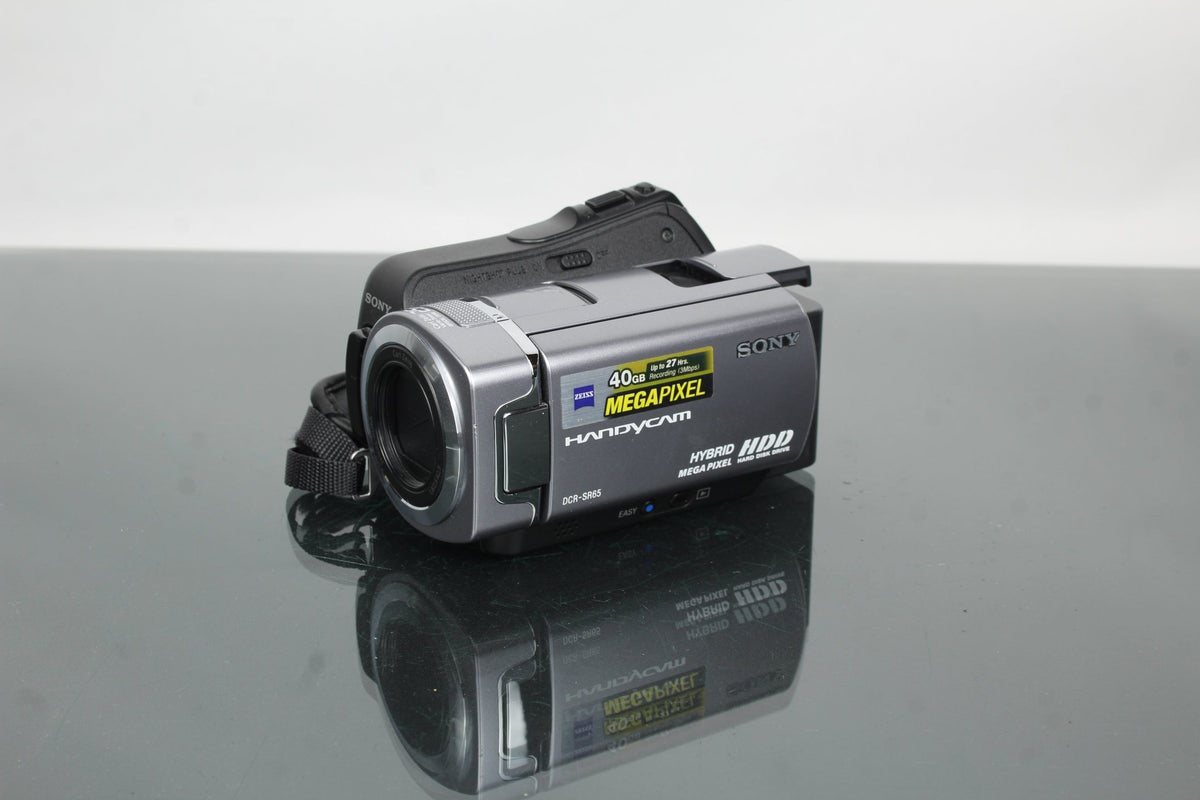
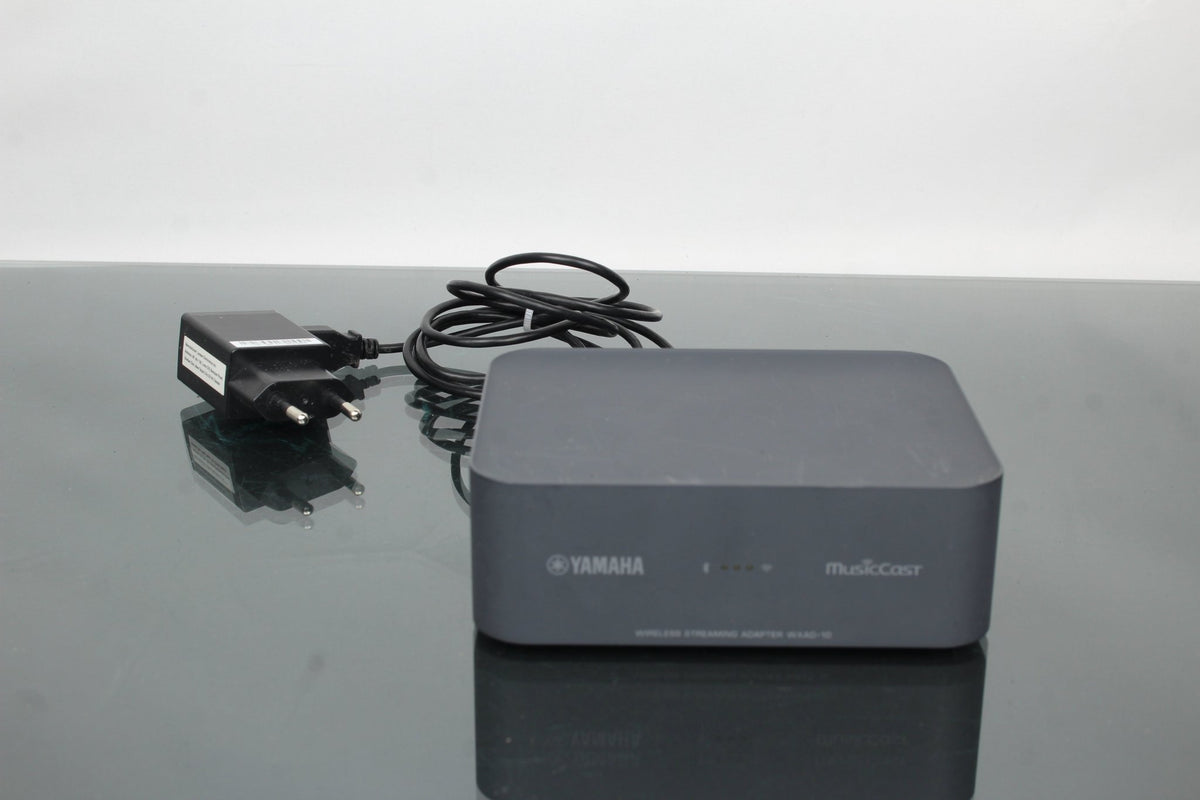
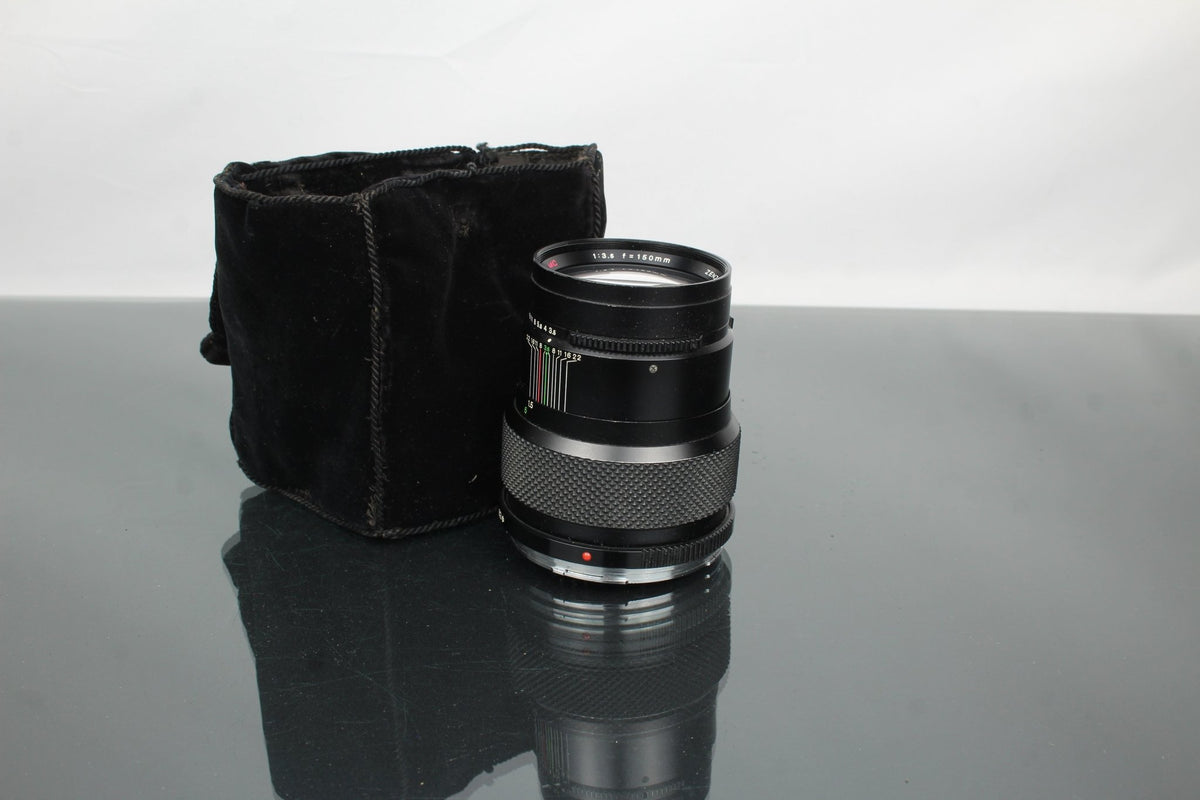
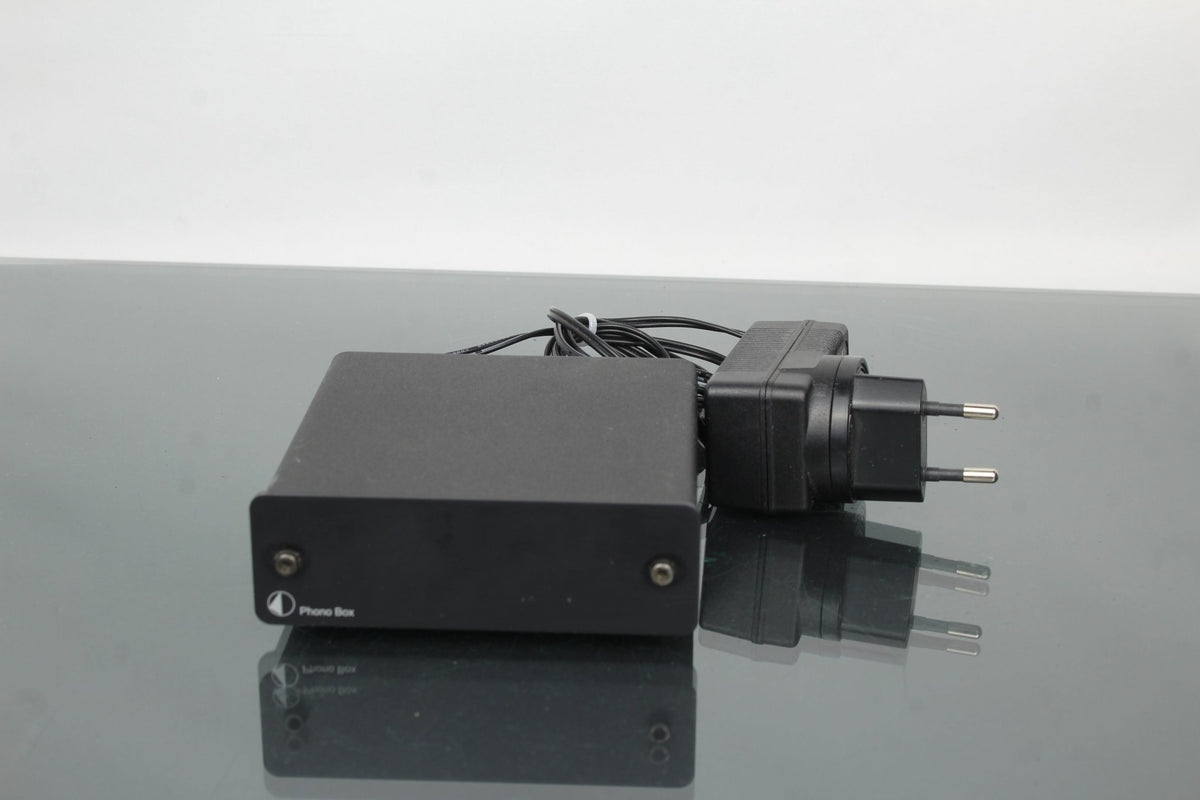





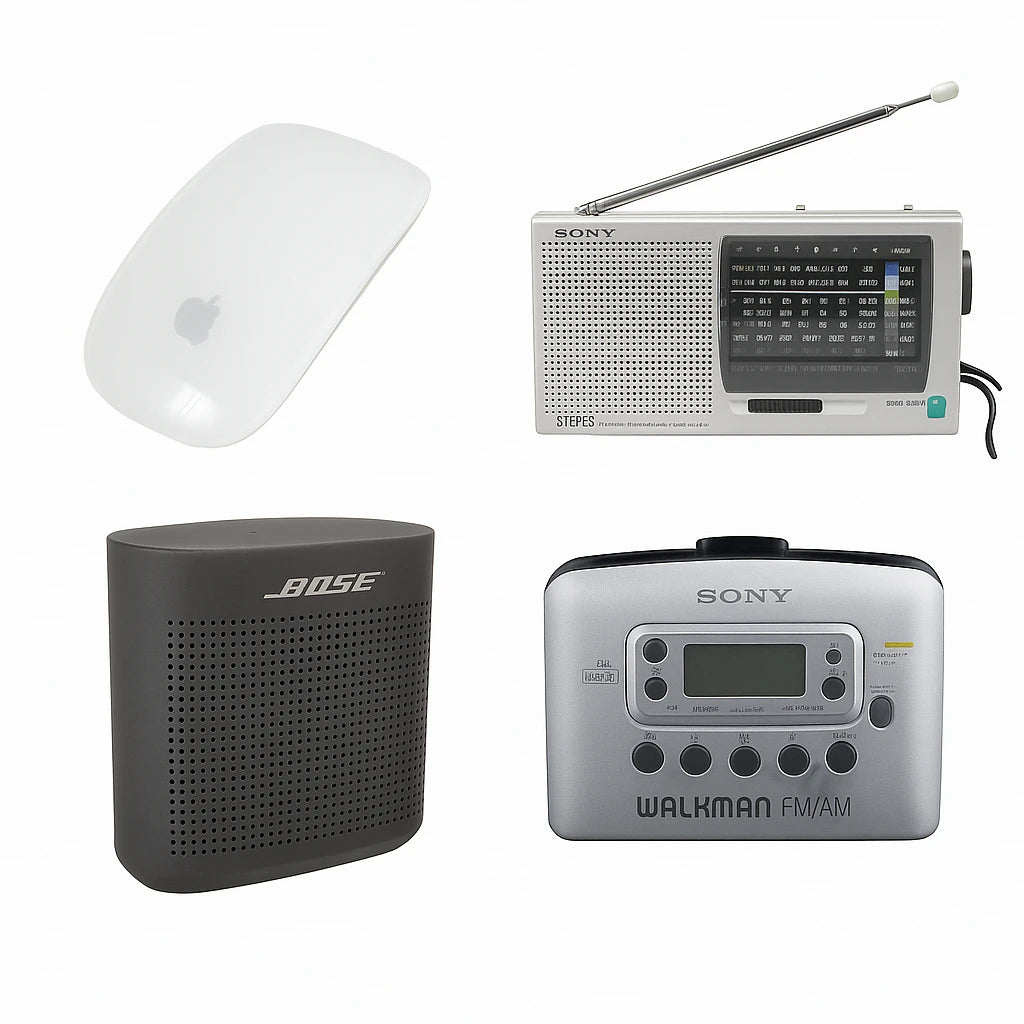
0 comments